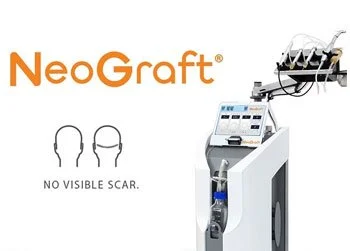Getting paid for high-tech cardiac imaging is not easy. The tools are advanced and help detect heart problems early, but billing them for them is tough. Coronary Computed Tomography Angiography (CCTA) is one such test. It gives great results but brings billing challenges. The good news is that CMS has reclassified CCTA into a higher-paying category. This change happened thanks to the efforts of the American College of Radiology, the Society for Cardiovascular Computed Tomography, and the American College of Cardiology. Earlier, CCTA was grouped with low-paying CT exams. Now, it’s in the same group as other costly cardiac tests like SPECT nuclear studies. This means payments have nearly doubled—from about $175 to $285 or more. That’s a big step forward. But challenges still exist as many providers struggle with proper codes, claim errors, and low reimbursements. That’s where radiology billing services can help.
Let’s explore how CCTA causes serious challenges in radiology billing solutions.
The critical radiology billing service challenges due to CCTA:
Hospitals have been hesitant to roll out CCTA programs. And it’s easy to understand why. The test is expensive. Running a CCTA exam involves high-tech scanners, specialized staff, nursing labor, disposables, and more. But the reimbursement didn’t cover these costs before. For many hospitals, it meant losing money every time they performed the test. That’s not sustainable.
Despite this, the use of CCTA is rising. In the past decade, the number of Medicare patients getting CCTA has quadrupled. Why? CCTA is now recognized as a great first-line test for chest pain and suspected coronary artery disease. Doctors want it. Patients benefit from it. And the healthcare system is starting to catch up. But billing still lags behind in accuracy.
Now, here’s something critical to know. The new APC assignment for CCTA is provisional. That means CMS will keep a close eye on claims data to confirm that the new classification is justified. If hospitals report the cost of these exams inaccurately, CMS might reverse the decision.
And this is where it gets tricky.
Billing teams often use revenue code 0350, which stands for a general “CT Scan.” It seems logical, but it’s a problem. It doesn’t reflect the true cost of a CCTA. CCTA exams are three to four times more expensive than a basic contrast-enhanced chest CT. Using the 0350 code drops these expensive tests into the same bucket as cheaper ones. That’s misleading to CMS and can jeopardize the new higher reimbursement rates.
Your administrative team must choose the right revenue code on the UB-04 form when submitting claims. It’s not about asking for more money. It’s about telling the truth. Revenue codes show what you spent to produce the exam, not what they charge. So, accuracy matters, but your practice can still face difficulties due to the following factors-
- Keeping up with APC reclassifications
- Understanding CMS provisional codes
- Applying the correct revenue code
- Documenting technical costs accurately
- Submitting clean claims that pass insurer edits
- Managing high denial rates for imaging tests
- Balancing cost vs. reimbursement for high-tech equipment
If your billing team is not highly specialized in radiology, these challenges become too much to handle. This is where a professional radiology billing company makes a real difference.
Read More:
4 Radiology Billing KPIs Every Practice Should Be Tracking
Learn the 4 key radiology billing KPIs to improve your revenue cycle. Track FPRR, A/R days, denial rates, and NCR to boost performance. Learn more now!
Know how a radiology billing company can help:
Radiology billing services that specialize in imaging make billing easier. They follow all CMS updates and understand coding, modifiers, and revenue codes. Their trained teams know how to capture every dollar you deserve without breaking any rules. They help you pick the right revenue code based on the true cost of tests. They submit clean claims, which means faster payments and fewer denials. They also track APC changes and update your billing right away. This stops underbilling, like when CCTA is billed as a regular CT. They help with documentation to show why the imaging test costs what it does. If CMS ever questions your codes or charges, they offer full audit support. In short, these billing experts remove all the confusion. They make sure your billing tells the full story and helps you get paid the right amount.
Finally, partner up with a perfect radiology billing company:
Getting paid for high-tech imaging like CCTA is no longer impossible, but it’s far from easy. The recent CMS reclassification is a step forward. But it also puts pressure on providers to submit claims that reflect true costs.
That’s why working with a specialized radiology billing company is more important than ever. They don’t just help you get paid. They help protect the future of high-tech cardiac care.
Because at the end of the day, it’s not just about billing. It’s about making sure your patients can save their lives without your practice losing money in the process. Make sure the radiology billing company that you are going to select has strong expertise in working across different specialties like cardiology, DME, O&P, hospital, imaging, etc, at a very reasonable cost like $7/hour!



